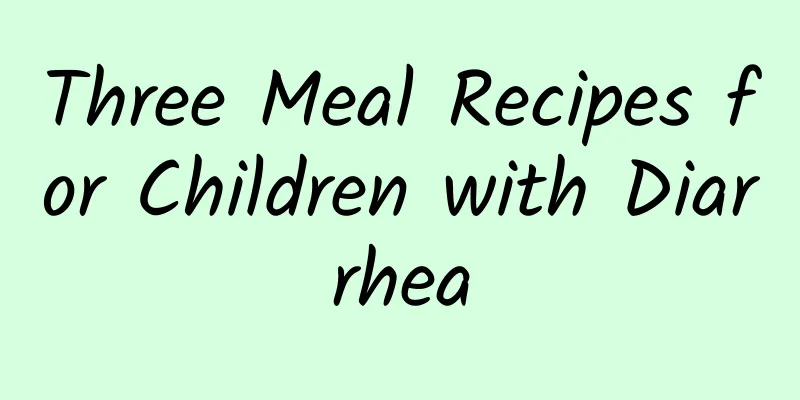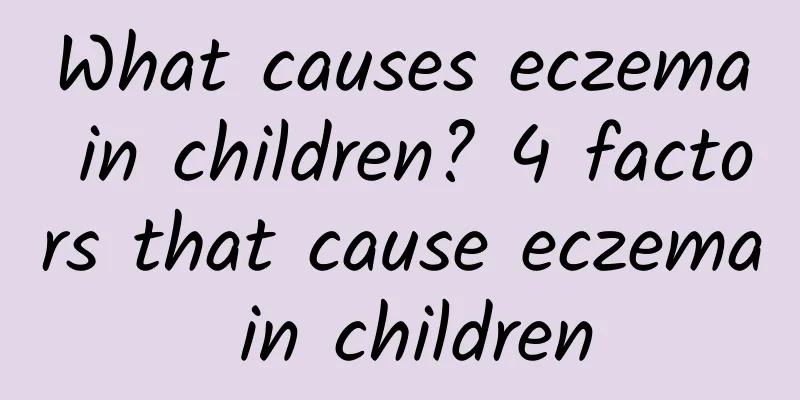Side effects of taking Yinzhihuang for infant jaundice

|
Taking Yinzhihuang for infants with jaundice may cause gastrointestinal discomfort, drug allergies, and affect liver and kidney function. Therefore, caution should be exercised when using Yinzhihuang, and standardized medication should be used under the guidance of a doctor to avoid blindly taking it and causing adverse consequences. When treating jaundice, in addition to drug treatment, scientific management can also be carried out by adjusting feeding methods, phototherapy, and other methods. 1 Common side effects of Yinzhihuang Yinzhihuang is a Chinese patent medicine, commonly used in the treatment of jaundice, but its use may bring some side effects: Gastrointestinal discomfort: Some infants may experience gastrointestinal symptoms such as diarrhea, vomiting or abdominal bloating after taking it. Yinzhihuang contains a variety of plant ingredients, which can easily irritate infants with sensitive gastrointestinal tracts. Drug allergy: Yinzhihuang contains ingredients such as gardenia and artemisia capillaris, which may cause allergic reactions such as rash, itching, eczema, and in severe cases may even cause systemic allergic reactions. Impact on liver and kidney function: Long-term use or excessive use will increase the burden on the immature liver and kidneys of newborns. Some cases have also reported liver damage caused by medication. 2How to avoid side effects Adhere to the doctor's instructions: The organs of the newborn are not yet fully developed, so you must comply with the doctor's instructions when taking medication and do not extend the treatment course or increase the dosage without permission. Observe the baby's reaction: Observe the baby's behavior closely during medication. If diarrhea, rash or other abnormalities are found, stop the medication and seek medical attention immediately. Choose alternative treatments: For infants with mild jaundice, non-drug treatments are preferred, such as phototherapy or adjusting feeding methods to degrade bilirubin in the body through natural methods. 3 Other ways to manage jaundice in infants Increase the frequency of breastfeeding: Breast milk is rich in nutrients, which can promote intestinal peristalsis and accelerate the excretion of bilirubin. Breastfeeding 8-12 times a day can help relieve mild jaundice. Phototherapy: For pathological jaundice or moderate to severe jaundice, blue light irradiation therapy can effectively decompose bilirubin in the blood. Phototherapy is an internationally recognized safe and effective treatment method without worrying about drug side effects. Pay attention to daily care: keep the baby's body warm and avoid cold stimulation. At the same time, pay attention to avoid infection during care to avoid aggravating jaundice. Whether to use Yinzhihuang for infant jaundice should be determined according to the severity of the condition. The drug can only be given when the doctor assesses that it is suitable, and be careful of side effects. For most mild jaundice, symptoms can be improved through phototherapy, frequent feeding, etc. During the treatment, the baby's condition should be closely monitored, and any abnormalities should be promptly contacted by the doctor. |
<<: What medicine is good for neonatal jaundice
>>: Prevention and treatment of neonatal jaundice
Recommend
Specific symptoms of pneumonia in children
Everyone is familiar with pneumonia. This disease...
How much does it cost to treat ADHD?
ADHD is a disease that worries many parents. Chil...
What is polio?
Poliomyelitis makes it impossible for children to...
What to do if a newborn has phlegm in his throat? Treatment of phlegm in a newborn's throat
After discovering that the newborn has phlegm in ...
What to eat for stunted growth? Eating more of these 4 foods can help treat stunted growth
For children with developmental problems, parents...
Can a 15-year-old still get hand, foot and mouth disease? What are the symptoms of hand, foot and mouth disease?
Hand, foot and mouth disease is a disease that is...
Can acute laryngitis in children be cured?
Can acute laryngitis in children be cured? Many c...
What is the reason for the baby to have phlegm without coughing?
The adverse symptom of babies having phlegm witho...
Symptoms of Tourette Syndrome
Tics, also known as Tourette syndrome, is a neuro...
What to do if your newborn baby coughs
The cough of a newborn is caused by a cold. Pay a...
Early symptoms of hand, foot and mouth disease in children, the correct way to deal with hand, foot and mouth disease
What are the early symptoms of hand, foot and mou...
What treatment is suitable for patent ductus arteriosus?
What treatment method is suitable for patent duct...
Briefly describe the causes of diarrhea in children
The causes of pediatric diarrhea mainly include i...
What are the symptoms of congenital polio?
Nowadays, many children are given vaccinations to...
What are the symptoms of indigestion in children? Here are 3 tips to easily solve indigestion in children!
Parents are always very concerned about their chi...









